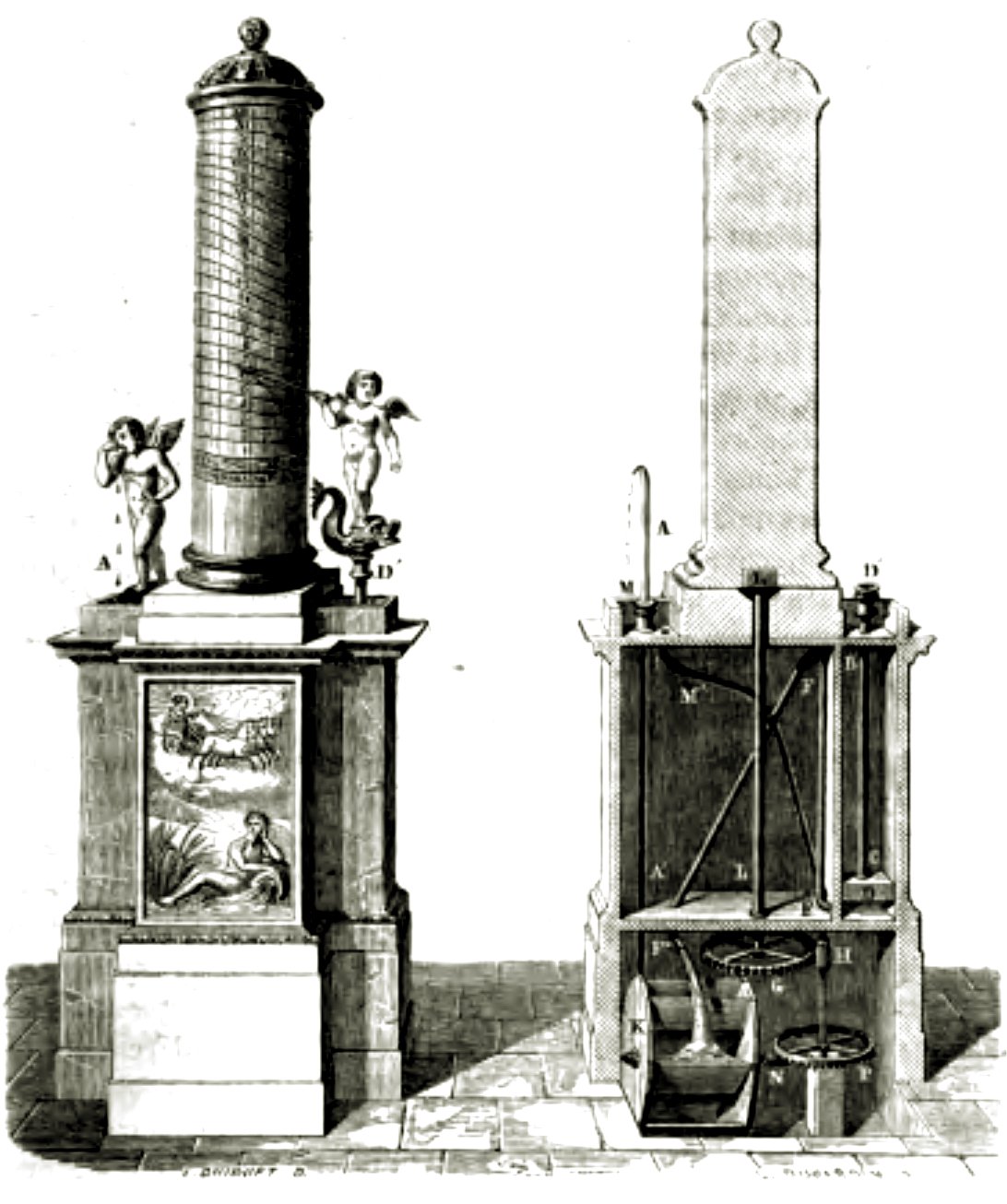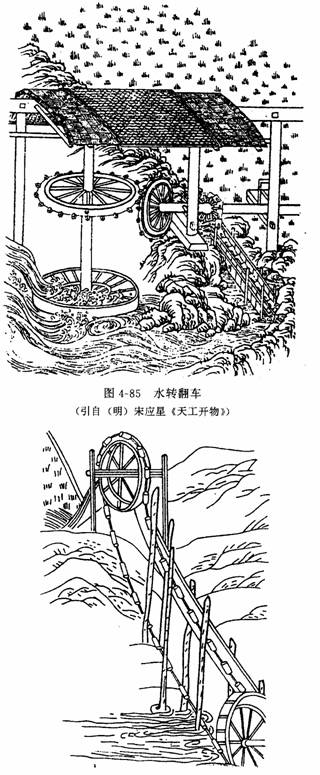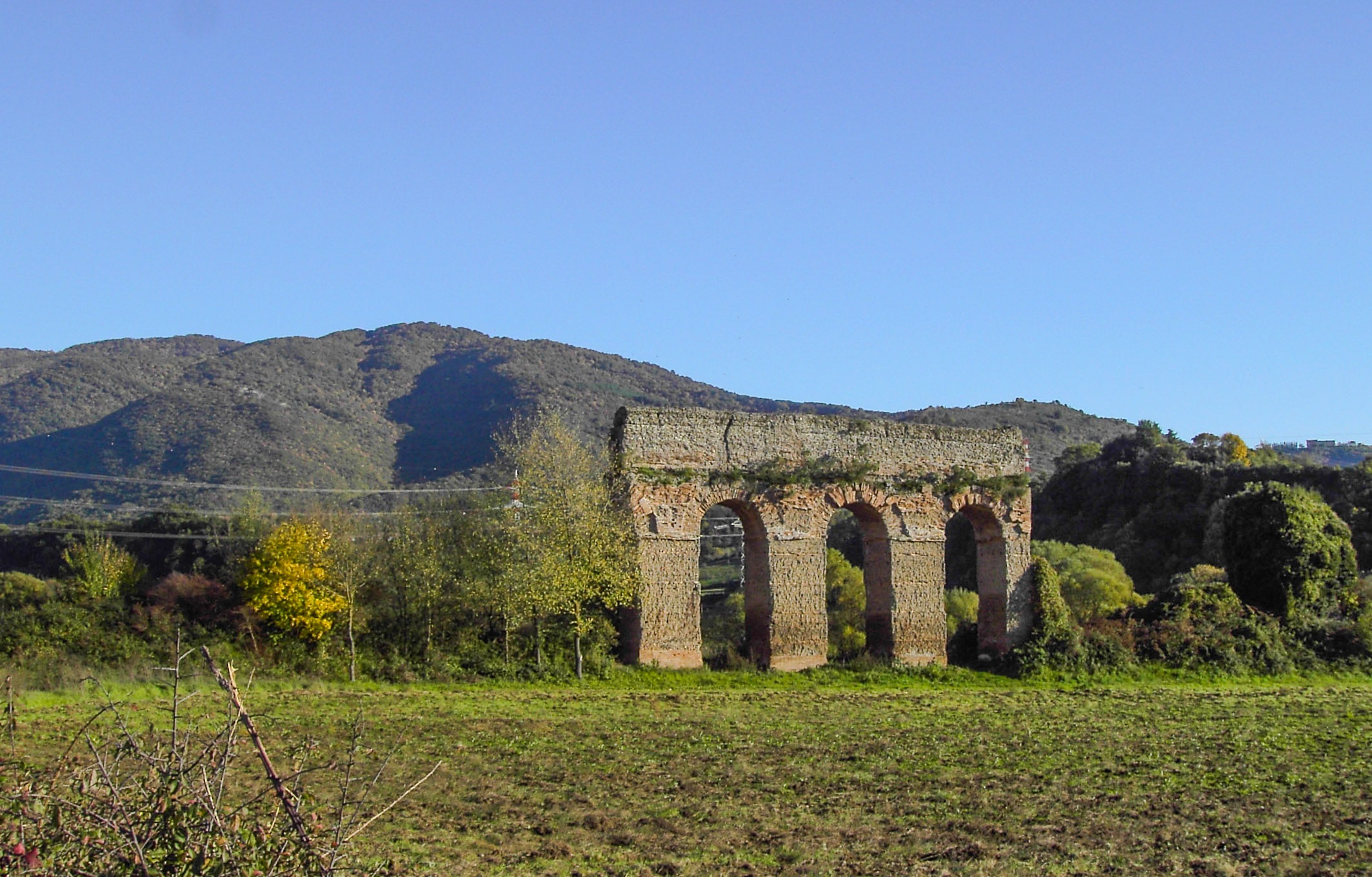In the annals of human history, the manipulation and mastery of water stand as one of the greatest feats of ancient engineering. Spanning continents and cultures, from the sun-drenched hills of Greece to the vast, fertile plains of China, the story of hydraulic power is a saga of human ingenuity and its relentless pursuit of progress. This blog post embarks on a captivating journey through time, tracing the evolution of hydraulic engineering in ancient civilizations. We will explore how these early societies not only understood the untamed force of water but also harnessed it in ways that laid the foundations for modern hydraulics. This is not just a tale of technological prowess; it is a narrative that intertwines with the very fabric of ancient societies, reflecting their ingenuity, cultural priorities, and the unyielding human spirit that seeks to bend nature to its will.
Unearthing the Roots of Hydraulic Engineering
The ancient world’s quest to harness water was driven by necessity and fueled by innovation. In Greece, where philosophy and science flourished, water was more than a mere resource; it was a subject of contemplation and a catalyst for technological breakthroughs. In the sprawling dominion of Rome, the control of water became a symbol of power and civilization, manifesting in grand aqueducts and sophisticated urban planning. Far in the East, the Chinese approached water with a strategic and holistic vision, integrating it seamlessly into agriculture, societal development, and even military tactics. These civilizations were not isolated in their endeavors but were part of a broader narrative of human resilience and adaptability. As we delve into this story, we reveal the enduring legacy of ancient hydraulics, a legacy that continues to influence and inspire our modern world.
The Greek Beginnings: Mastery of Water in Hellenic Engineering
The ancient Greeks were among the first to recognize and harness the power of water. Their understanding of hydraulics was integral to their society, powering industries, and even shaping their mythology. One notable invention was the water wheel, used extensively for grinding wheat into flour. This simple yet revolutionary device marked a significant shift from manual labor to mechanized work, illustrating the Greeks’ profound understanding of water’s potential.
But the Greeks didn’t stop at water wheels. The city of Athens, known for its advanced civilization, employed a complex system of aqueducts and hydraulic clocks. These innovations not only provided a consistent water supply but also helped in urban planning and timekeeping, essential for organizing civic life.

Hydraulic clocks, also known as water clocks, are among the earliest timekeeping devices that do not depend on the observation of celestial bodies. The basic principle of a hydraulic clock is simple: it measures time by the regulated flow of liquid (usually water) from or into a vessel. Even though first put into use in China, the Greeks made significant improvements to the water clock design. They developed more sophisticated versions known as ‘clepsydras’ which included intricate gearing and dial mechanisms. This allowed for more precise time measurement and even the possibility of signaling alarms at specific times.
Roman Engineering: Aqueducts and Beyond
Beyond aqueducts, the Romans also developed sophisticated sewage systems, public baths, and fountains, creating a network of water infrastructure that was unrivaled in the ancient world. This extensive use of water not only improved public health and sanitation but also symbolized the might and sophistication of the Roman Empire.
Chinese Innovations: Harnessing Water for Agriculture and Defense
On the other side of the world, ancient China was making its own strides in hydraulic engineering. The Chinese approach was heavily focused on agriculture, with the construction of extensive irrigation systems, like Dujiangyan in Sichuan, which is still in use today. This irrigation system, built in 256 BC, utilized natural river dynamics to control floods and distribute water evenly across the agricultural lands, ensuring consistent crop yields even in times of drought.
But the Chinese didn’t just use water for agriculture. They also incorporated it into their military strategies. For instance, the famous Battle of Red Cliffs in the Three Kingdoms period saw the strategic use of waterborne vessels and possibly the diversion of waterways to gain a military advantage. These tactics highlight the Chinese mastery of water not only for sustenance but also as a tool in warfare.
The Legacy of Ancient Hydraulics
The ancient world’s achievements in hydraulic engineering were not just feats of construction; they were reflections of the societies that built them. The Greeks’ philosophical approach to understanding the natural world, the Romans’ emphasis on civic infrastructure, and the Chinese focus on agriculture and military strategy all shaped how each civilization engaged with water.
These ancient hydraulic systems were more than mere utilities; they were symbols of power, ingenuity, and the human capacity to harness nature. They facilitated urban growth, supported agriculture, improved public health, and even served as strategic tools in warfare.
As we look back at these ancient marvels, we see the foundations of modern hydraulic engineering. The principles discovered and applied by our ancestors are still relevant today, underlying contemporary water supply, irrigation, and flood control systems.
The story of hydraulic power in the ancient world is a testament to human creativity and resilience. It reminds us that the challenges faced by our ancestors are not unlike those we confront today. Their legacy lives on, inspiring us to continue exploring, innovating, and respecting the incredible power of water.

